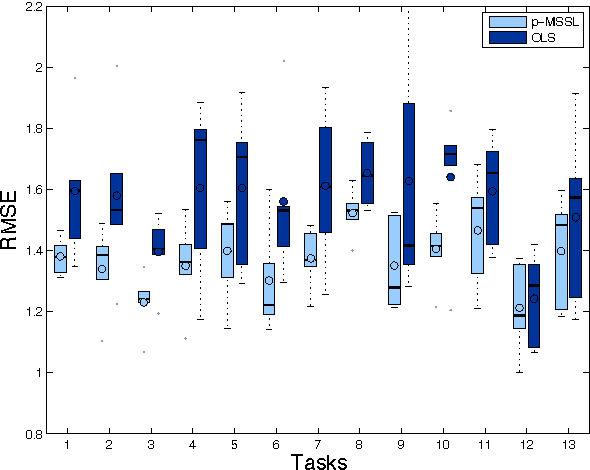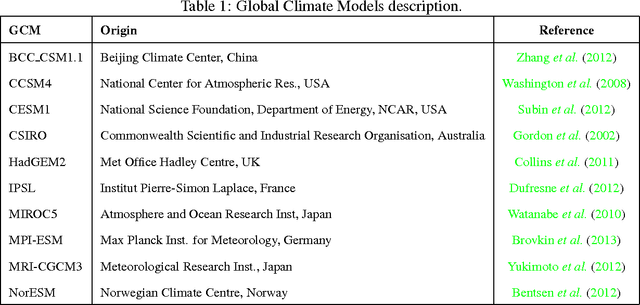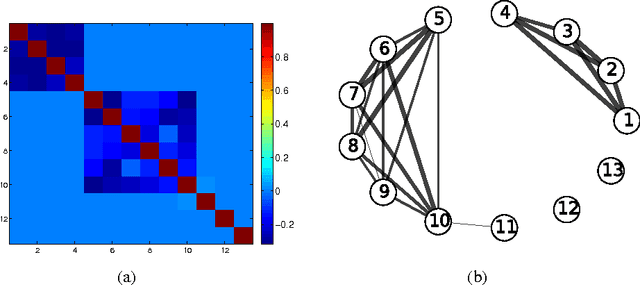Soumyadeep Chatterjee
Generalized Dantzig Selector: Application to the k-support norm
Feb 02, 2015

Abstract:We propose a Generalized Dantzig Selector (GDS) for linear models, in which any norm encoding the parameter structure can be leveraged for estimation. We investigate both computational and statistical aspects of the GDS. Based on conjugate proximal operator, a flexible inexact ADMM framework is designed for solving GDS, and non-asymptotic high-probability bounds are established on the estimation error, which rely on Gaussian width of unit norm ball and suitable set encompassing estimation error. Further, we consider a non-trivial example of the GDS using $k$-support norm. We derive an efficient method to compute the proximal operator for $k$-support norm since existing methods are inapplicable in this setting. For statistical analysis, we provide upper bounds for the Gaussian widths needed in the GDS analysis, yielding the first statistical recovery guarantee for estimation with the $k$-support norm. The experimental results confirm our theoretical analysis.
Multi-task Sparse Structure Learning
Sep 02, 2014



Abstract:Multi-task learning (MTL) aims to improve generalization performance by learning multiple related tasks simultaneously. While sometimes the underlying task relationship structure is known, often the structure needs to be estimated from data at hand. In this paper, we present a novel family of models for MTL, applicable to regression and classification problems, capable of learning the structure of task relationships. In particular, we consider a joint estimation problem of the task relationship structure and the individual task parameters, which is solved using alternating minimization. The task relationship structure learning component builds on recent advances in structure learning of Gaussian graphical models based on sparse estimators of the precision (inverse covariance) matrix. We illustrate the effectiveness of the proposed model on a variety of synthetic and benchmark datasets for regression and classification. We also consider the problem of combining climate model outputs for better projections of future climate, with focus on temperature in South America, and show that the proposed model outperforms several existing methods for the problem.
 Add to Chrome
Add to Chrome Add to Firefox
Add to Firefox Add to Edge
Add to Edge